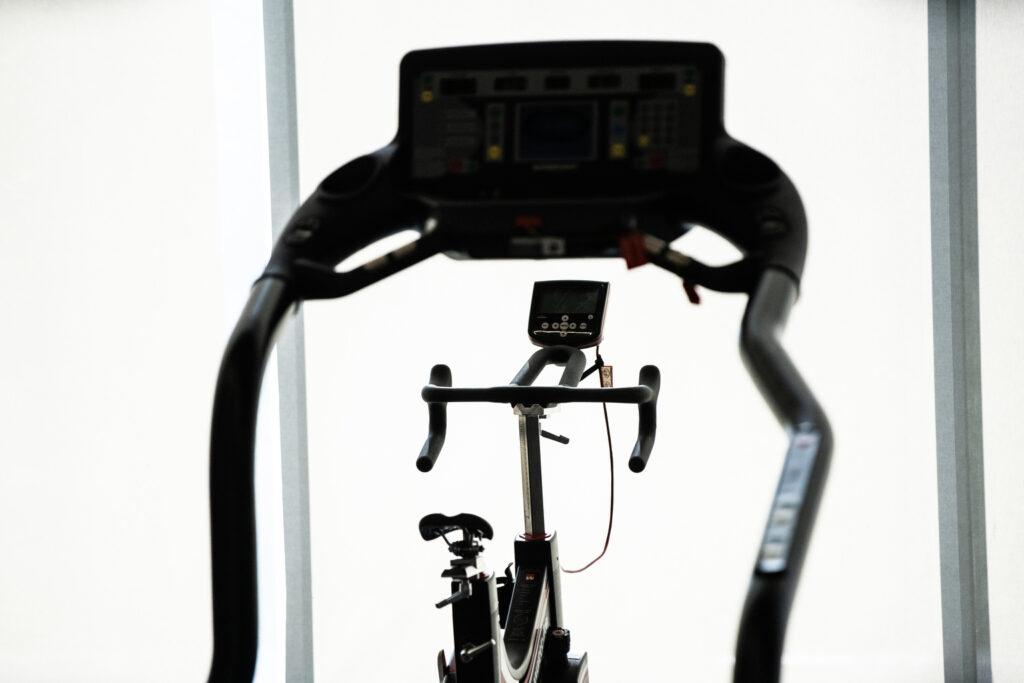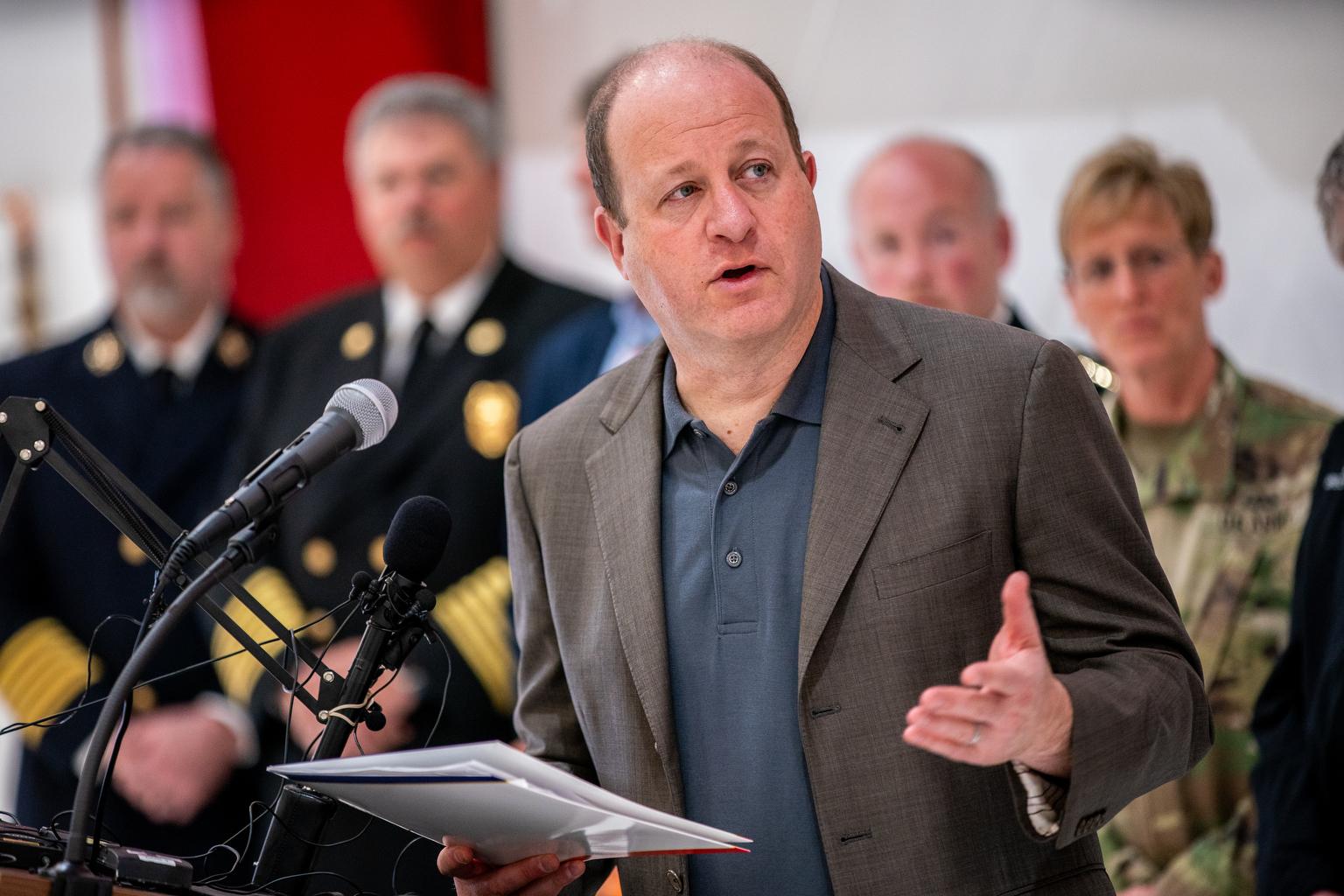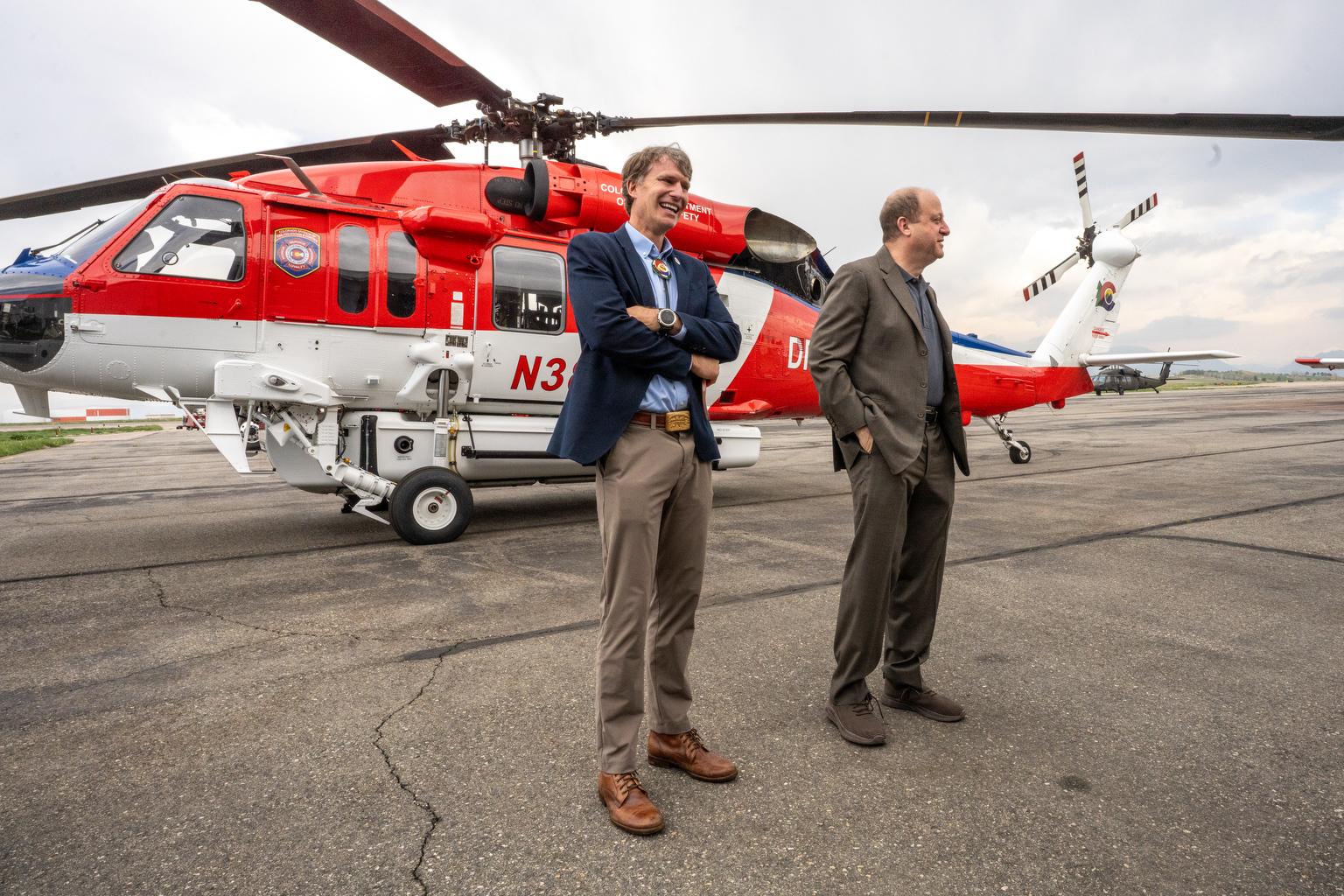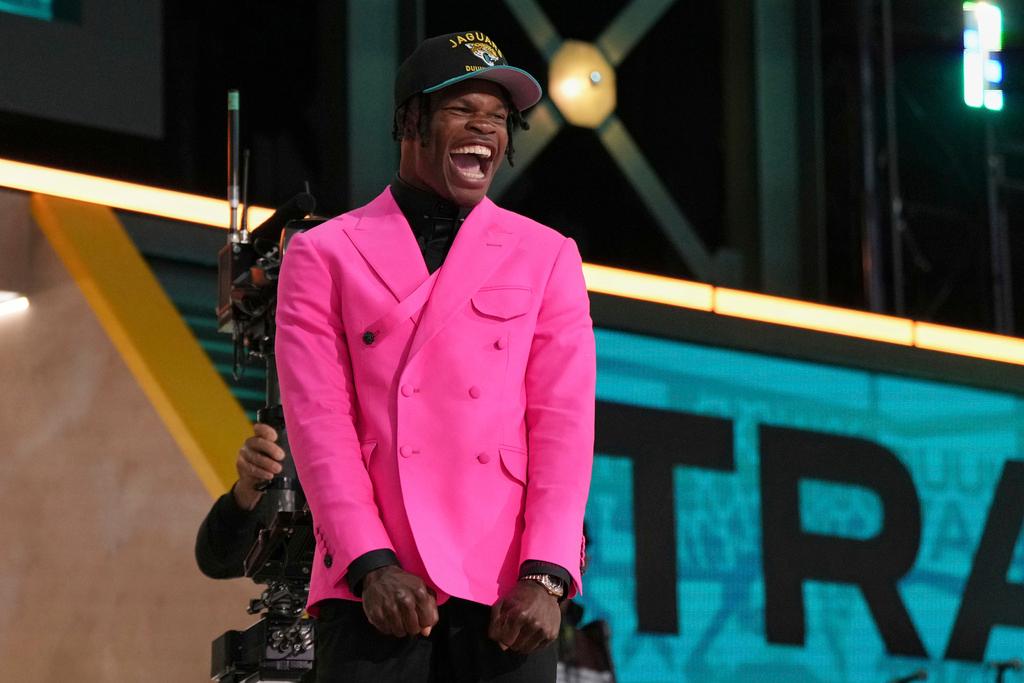
The interior of the 17,000 square-foot Sport Performance Center along the riverwalk in Pueblo looks like an ordinary high-end gym — locker rooms, treadmills, sauna, but it was pitched as the centerpiece of a multimillion-dollar tourist magnet paid for with tax money.
Colorado taxpayers have so far ponied up nearly $24 million to expand Pueblo’s convention center and remake the area around it to lure out-of-state visitors. The Sports Performance Center was imagined as a bull-riding training center that would serve as the lynchpin of the expansion.

There’s scant evidence of the initial vision now. The only real clues that the facility was supposed to be something special are two mechanical bulls.
PBR, the professional bull-riding organization that leased the space, is moving its corporate headquarters from Pueblo to Texas. The bull riding training facility is going with it. The group left the space last month. Meanwhile, taxpayers are still funneling cash toward the convention center expansion project, including the vacant building.
The investment is in danger of going bust as Pueblo officials scramble to find a new tenant for the performance center space.
“It’s an ongoing process and the city has no comment to share,” a spokesperson for Pueblo Mayor Heather Graham said.
Pueblo officials are looking for a tenant that meets the requirements set forth by Colorado’s Regional Tourism Act, the $450 million financial crisis-era program that helped finance the project.
“We’re working with the city to make sure that it’s something that will be acceptable to the state,” said Jerry Pacheco, the executive director of the Pueblo Urban Renewal Authority, which oversees the convention center.


Other amateur athletes have access to the space while the urban renewal authority looks for a new tenant, Pacheco said. From the start, the plan was to leverage the space to attract groups beyond bull riders, according to Pacheco. For instance, participants in a recent boxing tournament were able to work out in the facility, as will competitors at upcoming cheer and dance competitions.
But Pueblo officials will have to come up with a permanent fix for the hole left by the lack of bull riders. In its application for taxpayer funds, Pueblo pitched the bull riding university as “the only facility like it in the world.” The facility was projected to attract 30,000 out-of-state visitors and $296,000 in state sales tax revenues per year, according to the application.
How the project got funded
The funds to build the bull riding facility came from 2009 legislation meant to give a boost to Colorado’s tourism industry during the recession following the financial crisis. The state’s economic development office awarded money to projects on the grounds they would bring in revenues from out-of-state tourists.


The projects had to show they were “extraordinary and distinctive,” and likely to generate significant revenue from people who are not Colorado residents. Pueblo’s was one of five development projects approved across the state.
The program works by collecting a portion of state sales tax from a project’s vicinity to recoup the cost of building it. The idea is that the additional sales tax revenue brought in by the new development is helping pay for it.
The state awarded Pueblo $35 million to be collected over 30 years. The payments from the state are ongoing.
“The state of Colorado is committed to working with the Pueblo community to pursue a use for the Sport Performance Center that benefits the region and aligns with the Regional Tourism Act’s vision,” a spokesperson for Colorado’s Office of Economic Development and International Trade said in an emailed statement. “This is an opportunity to continue activating this facility and to further promote tourism.”
The Pueblo Urban Renewal Authority heard pitches this week from groups angling for the space. The Southern Colorado Science Center is collaborating with a group of Florentine artisans to bring a Leonardo da Vinci Museum to Pueblo that would have interactive exhibits based on da Vinci’s sketches. The group currently managing the convention center proposed partnering with a company that runs sports complexes across the U.S. to bring events to the space.
Pueblo officials will present their plan to the state in December.
Problems with the legislation and the Pueblo plan
The Regional Tourism Act was controversial from the start. Lawmakers demanded state auditors look into oversight of the program to determine whether the projects really needed taxpayer subsidies. The $84 million subsidy for the Gaylord Hotel in Aurora was a particular sticking point. Lawmakers pointed to financing details that showed the project developers were getting a double-digit profit from the subsidy, which wasn’t what the legislation intended.


The auditors found Colorado’s office of economic development couldn’t show how they ensured all projects met the criteria and were likely to achieve the intended goals of the legislation. Furthermore, projects weren’t being adequately monitored once they were approved.
There were early doubts about Pueblo’s project. Colorado’s economic development office director initially recommended rejecting it, according to the audit report. But the development commission in charge of making the final decision approved it anyway.
The bull riding training center was supposed to bring hundreds of bull riders and judges from around the world to Pueblo for classes held throughout the year. The application laid out plans for a bull riding arena.
The project hit numerous speedbumps. PBR got a new owner in 2015. It was never clear whether they were committed to Pueblo’s vision for the convention center. After a series of delays, the PBR Sport Performance Center opened in 2019, five years behind schedule with the COVID-19 pandemic just around the corner.
The new building is going largely unused. Locals say they never noticed much activity around the space. The events page on the website is blank. The center’s Facebook page hasn’t posted anything since 2021.
More than 10 years after the Regional Tourism Act passed, it’s tough to say what taxpayers are getting from the deal. Pueblo’s bull riding university isn’t the only project that hit snags.
For instance, the owner of the Stanley Hotel in Estes Park was awarded $46 million in state funds to build the Stanley Film Center as part of a larger plan for Northern Colorado. Several of the other components of that plan have been scuttled and aren’t receiving state money.
But the Stanley Film Center, billed as a horror-themed museum and event space, is still in the works. The details are murky. The iconic property, known as the inspiration for Stephen King’s “The Shining,” recently changed hands in a complicated financing arrangement involving a Colorado bonding authority. The Stanley Film Center hasn’t yet been built.









